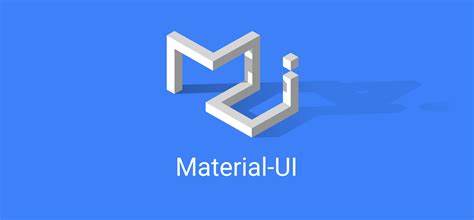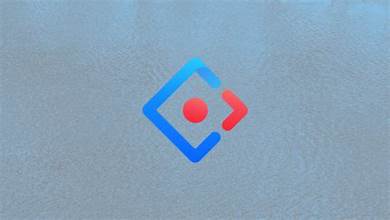
Introduction
- MobX vs Redux vs Relay
Understanding State Management
- How React handles local state
- How Redux manages state
- How MobX manages state
Getting Started
- Preparing the Development Environment
- Installing and Configuring MobX
Building an Application
- Overview of the component architecture
- Creating a React Application (Components, Element, JSX, etc.)
Working with React Component State
- Initializing and updating state
- Working with forms
Implementing a MobX Data Store
- Setting up the data store
- Passing data to components
- Listing out contents of data store
Managing Changes to Data
- Adding data to store
- Notifying React of the change in data state
Updating the View
- Declaring observable data
- Updating the view
Improving DataFlow
- Modifying state data through actions
- Calling actions (avoiding unsafe data manipulation)
Working with Computed Values
- Perforing calculations on core data
Using Advanced Development Tools and Techniques
- Creating components with ES2017
- Using Babel for ES2017 and JSX
- Using WebPack for React and MobX
- Performing asynchronous actions with MobX
Testing the Application
- Creating unit tests for React components
- Choosing tools and frameworks (Jest, Enzyme, TestUtils, etc.)
- Creating unit tests for MobX stores
- Debugging the Application
Deploying the Application
- Tooling and automation
- Implementing Continuous Integration (CI)
Troubleshooting
Summary and Conclusion


